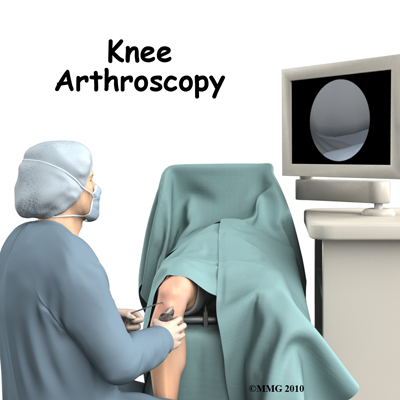 Loading please wait....
Loading please wait....
 Loading please wait....
Loading please wait....

Hi! This is Dr. Salam, I practice at One Care Medical Center, one of the cities, the fastest growing ortho hospital in Coimbatore. In this short article, I want to briefly explain about Arthroscopy.
Arthroscopy is a surgical procedure orthopedic surgeons use to visualize, diagnose, and treat problem inside a joint. The word arthroscopy comes from two Greek words, “arthro” (joint) and “skopein” (to look).The term literally means “to look within the joint.”
In an arthroscopic examination, an orthopedic surgeon makes a small incision in the patient’s skin and then inserts pencil-sized instruments that contain a small lens and lighting system to magnify and illuminate the structures inside the joint.
Light is transmitted through fiber optics to the end of the arthroscope that is inserted into the joint.
By attaching the arthroscope to a miniature television camera, the surgeon is able to see the interior of the joint through this very small incision rather than a large incision needed for surgery.
Disease and injuries can damage bones, cartilage, ligaments, muscles, and tendons. Some of the most frequent conditions found during arthroscopic examinations of joints are:
Some problems associated with arthritis also can be treated. Several procedures may combine arthroscopic and standard surgery. Some of them are as follows
A. Rotator cuff surgery
B. Repair or resection of torn cartilage (meniscus) from knee or shoulder
C. Reconstruction of the anterior cruciate ligament in the knee
D. Removal of inflamed lining (synovium) in knee, shoulder, elbow, wrist, ankle
E. A release of carpal tunnel
F. Repair of torn ligaments
G.Removal of loose bone or cartilage in knee, shoulder, elbow, ankle, wrist
Although the inside of nearly all joints can be viewed with an arthroscope, six joints are most frequently examined with this instrument.
These include the knee, shoulder, elbow, ankle, hip, and wrist. As advances are made in fiber optic technology and new techniques are developed by orthopedic surgeons, other joints may be treated more frequently in the future.
As this type of procedure uses very tiny instruments and only requires a small incision, there are benefits to the patient. An arthroscopy is preferable to traditional ‘open’ surgery in various ways.
A. Less pain after the operation than open surgery. This means there is less need for strong painkillers and will feel better more quickly.
B. As the incision is very small, Patients will have a smaller scar that will heal much more quickly. When it is completely healed, the scar may be almost invisible.
C. There is a lower risk of infection, meaning very unlikely to develop complications after the operation.
Many patients can return home on the same day as their arthroscopy, with no need to stay in the hospital to recover. You may also find that you can return to normal activities more quickly.
The time it takes to recover completely varies depending on the specific procedure you had and which joint was involved.
Do you have questions after reading this article? Please let us know! Leave a comment below, we would love to give you some answers! For best Arthroscopic Surgery Contact the number below.
WhatsApp us